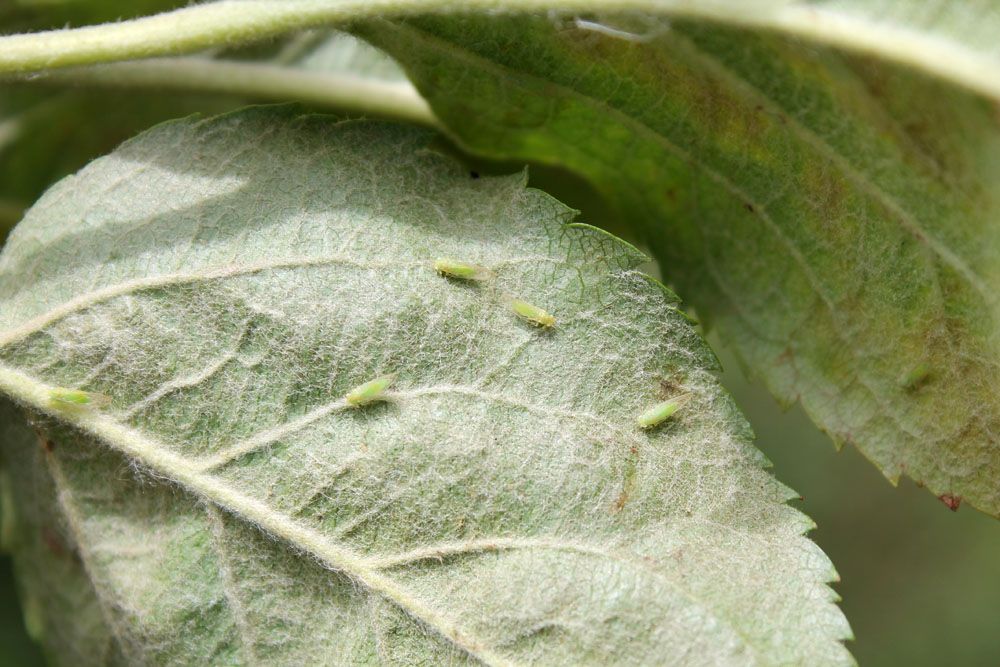
Apple Sucker Psyllid – Cacopsylla mali
Apple Sucker Psyllid: Appearance, Territory, Damage, and Life Cycle
Latin Name: Psylla Mali Schmidberger
Appearance: More commonly regarded as a major pest in apple production. The apple sucker, Psylla Mali Schmidb., was first observed in significant numbers in Nova Scotia in 1919, and populations were dense in apple orchards across the Valley within a few years. The body of an apterous female is blue-green at first, then yellow, and finally crimson in fall. It has a length of 3 mm. The femora are brown, and the tarsi and tibiae are yellow. The antenna is brown, filiform, and has two bristles at the tip. Thorax is likewise brown, with white patches on the back and five yellow longitudinal stripes. Males are less intelligent. The larva is yellow, flat, and has red eyes. Nymph is a blue-green nymph.
Hosts Plants: The primary hosts are Apple and Hawthorn.
Territory: Europe and North America
Damage Insect Cause: Larvae hatch in late April and feed on buds before sucking sap off leafstalks, peduncles, leaves, and flower buds. Nymphs eat the undersides of leaves. The removal of apple blossoms causes significant damage and can result in a significant decrease in production with a big population. Spray horticultural oil on overwintering adults and eggs in early spring. If populations are dense, apply a non-toxic, short-lived natural insecticide to establish control before releasing predatory insects to maintain control.
Life History and Habits: Oval eggs are a pale orange color. Overwintering occurs during the egg phase towards the base of buds, in bark wrinkles on young apple tree twigs. Larvae hatching is noticed during the end of April and the beginning of May.
Psylla Mali Schmidberger feeds freely on buds at first, then go within buds or under-scale leaves. The pests then consume sap from leafstalks, peduncles, leaves, and flower buds. The larva goes through five instars and five molts. The larvae develop into nymphs that feed on the undersides of leaves. Winged insects emerge 15 to 25 days after the flower petals have fallen.
Under hot and dry conditions, Apple Suckers fly to grasses and bushes to hide in the shade. Oviposition occurs after coupling toward the end of August. The latter is in effect from September through October. Individual eggs, typically in clusters, are placed into the drop of hardened excretions. Female fecundity ranges between 130 and 500 eggs. Ovulation can last up to 35 days, and embryonic development can take 10-21 days.
